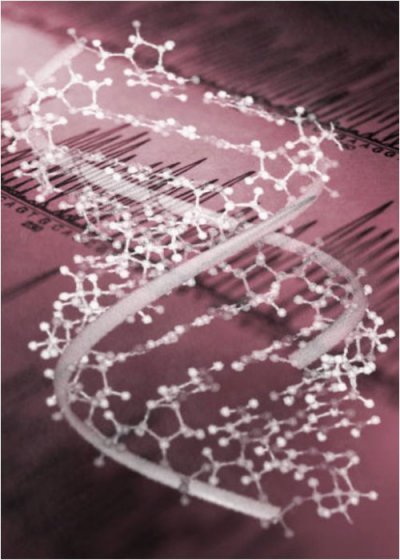Post by williamplayer on Jan 15, 2014 12:51:03 GMT
Physical Sciences Division Staff Awards & Honors
Using Graphene Oxide to Examine Molecules in Living Cells Proves Popular
February 2012

Using Graphene Oxide to Examine Molecules in Living Cells Proves Popular
February 2012

Whether indicating the onset of disease or exposure to toxins, the molecular machinery of cells can provide a wealth of information if scientists can track and examine the molecules. Scientists at Pacific Northwest National Laboratory and Tsinghua University(Offsite link) in China devised a novel method of tracking certain molecules inside live cells. This method uses graphene oxide or a thin sheet of carbon. The sheets are decorated with aptamers, a specialized molecule that has a strong affinity for its molecular target. The work demonstrated the dramatic delivery, protection, and sensing capabilities of the graphene oxide nanosheet in living cells and indicated that graphene oxide could be a robust candidate for many biological fields, such as DNA and protein analysis, gene and drug delivering, and intracellular tracking. In December 2011, the article on this method was one of the most cited articles in the Journal of the American Chemical Society in the last three years. To date, the article has been cited 70 times since it was published in June 2010.
Acknowledgments:
Funding: A Laboratory Directed Research and Development Program at PNNL, National Natural Science Foundation of China and the National Basic Research Program of China funded this work. Ying Wang was funded through a PNNL fellowship to work at PNNL for 2 years.
User Facility: EMSL
Research Team: Zhaohui Li, Dehong Hu, Chiann Tso Lin, and Yuehe Lin of Pacific Northwest National Laboratory and Jinghong Li and Ying Wang of Tsinghua University.
Reference: Wang Y, Z Li, D Hu, CT Lin, J Li, and Y Lin. 2010. "Aptamer/Graphene Oxide Nanocomplex for In Situ Molecular Probing in Living Cells(Offsite link)." Journal of the American Chemical Society 132(27):9274-9276. DOI:10.1021/ja103169v.
SOURCE: www.pnnl.gov/science/highlights/highlight.asp?id=1118
Enlarged Image:

